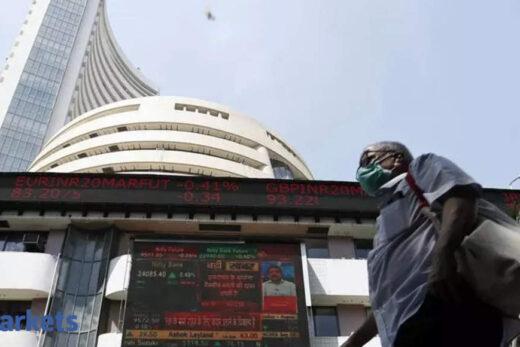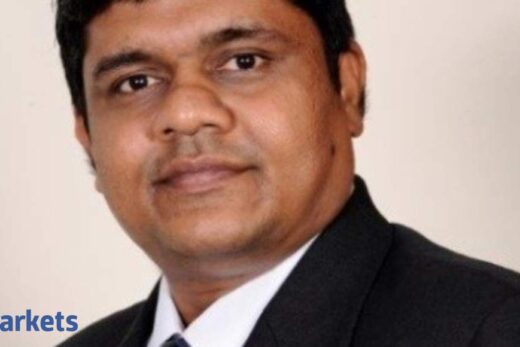— Nithin Kamath, CEO at Zerodha
Royal Enfield motorcycles have sustained a cult following for long. A passing Bullet — as these heavy bikes are popularly known as — can still turn heads on the street. But it might be losing its torque in Dalal Street.
In the last five sessions, shares of
, which produces these motorcycles, have fallen nearly 9 per cent. The company recorded a superlative sales growth in the first few years of the last decade, thanks to new designs, product launches and the rising purchasing power of the middle class. But things have slowed down a little now. In fact, the stock prices have been trading in a broad range for over three years now, as investors have been worried about sluggish growth.
In the latest quarterly earnings report, the company reported far better numbers against last year. But it saw a decline sequentially. Though gross margin improved 30 basis points quarter-on-quarter, lower volumes impacted operating efficiencies.
Lately, more and more analysts have been joining those having bearish views on the stock. The Refinitiv database showed 19 analysts had a buy rating on the stock three months ago but only 17 of them have suggested that now. Seven analysts have rated it as a strong sell, while six others have rated it as sell. The consensus rating of 39 analysts seemed to be hold.
Nishit Jalan of Axis Capital, who has a sell rating on the counter, said Q1 was a tough one for Royal Enfield. Its consolidated ebitda (earnings before interest, taxes, depreciation and amortisation) declined by 43 per cent sequentially on a 40 per cent volume decline.
The company also said Vinod Dasari has resigned as CEO of Royal Enfield to pursue a family business in the hospital segment. Many analysts said this was a big blow as his replacement was not as experienced as him in sales and marketing.
“Dasari’s resignation is a negative surprise, given high expectations from his several new initiatives to improve volume/margin. We cut FY22 and FY23 EPS estimates by 12 and 2 per cent on weaker volumes and sustained margin pressures,” said Jalan, adding premium valuation of the stock was unjustified.
Nomura’s Kapil Singh also downgraded the stock to reduce from neutral. He said the company had again raised prices in July, which might be counterproductive and could provide an opportunity for Honda, Bajaj-Triumph and Harley Davidson to offer more value and gain market share.
“In the medium term, even Royal Enfield will face risks from electrification, similar to the rest of the industry. It will not be easy to launch EV bikes that will have the 40 per cent-plus gross margins it makes today due to its strong brand. Thus, its margins have downside risks in the long term,” said Singh.
The management said the company has plans to launch EVs, but after 5-7 years. They said a comparable EV bike may cost twice that of petrol ones. The company also said it was expanding in other markets and wanted to make the Latin America and South Asian markets as big as the home market. It has also planned new launches.
Analysts noted that in the short term, the launch of the new Classic 350 would be a positive but Royal Enfield’s volume growth since FY18 has been similar to the rest of the two-wheeler industry, which might not change.
However, not every analyst has a bearish stance. Some still find enough value in the stock to suggest buying.
For instance, Raghunandan NL, analyst at
, said he expects a robust earnings CAGR of 42 per cent in FY22-24, supported by a sales upcycle, increasing share of premium motorcycles and margin expansion. Similarly, Anish Rankawat of Centrum Broking said the demand outlook was positive for the company.
Thanks to the divisive commentary, the target price for the stock ranges from Rs 2,000 to Rs 3,100. The stock last traded around Rs 2,500 apiece.



